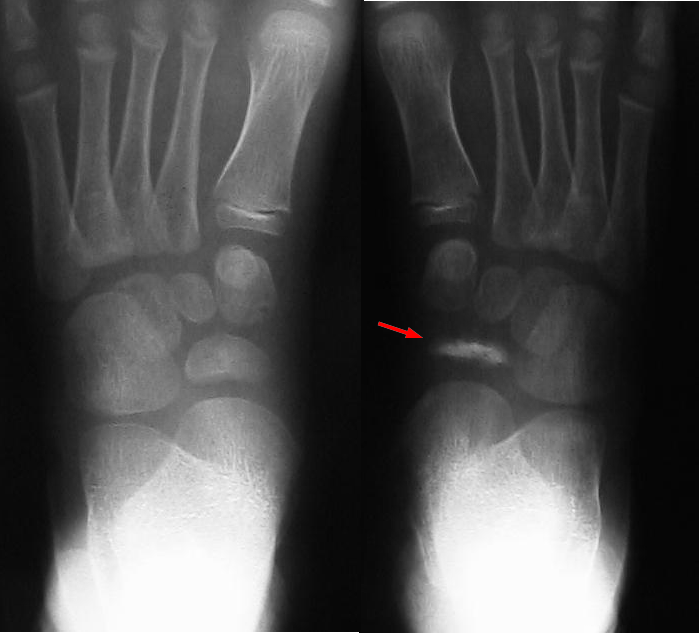Aviator astragalus
Aviator astragalus is an antiquated reference to a pattern of isolated fracture/dislocation injury of the talus. Fractures included under this name include compression fractures of the talar neck, fractures of the body, posterior process or fracture-dislocation injuries.
More specifically the term can be used to describe an 'aviator fracture', a coronal-plane fracture of the neck of the talus resulting from forced dorsiflexion of the ankle. The talar neck is the most frequently injured site and the talus is the second most injured bone in the foot (calcaneus is first). Proximal avascular necrosis is a potential complication of neck fractures.
History and etymology
"Astragalus" is an archaic term for the talus. The term "aviator's astragalus" was coined by Henry Graeme Anderson (1882-1925) in 1919 due to his observations of injury patterns secondary to crashing planes . After the birth and growth of aviation in the early 20 century, crashing planes at sub-lethal speeds was a fairly common occurrence. This term is now obsolete because people don't routinely crash planes at non-lethal velocities.
Siehe auch:
und weiter:

 Assoziationen und Differentialdiagnosen zu aviator fracture:
Assoziationen und Differentialdiagnosen zu aviator fracture:
